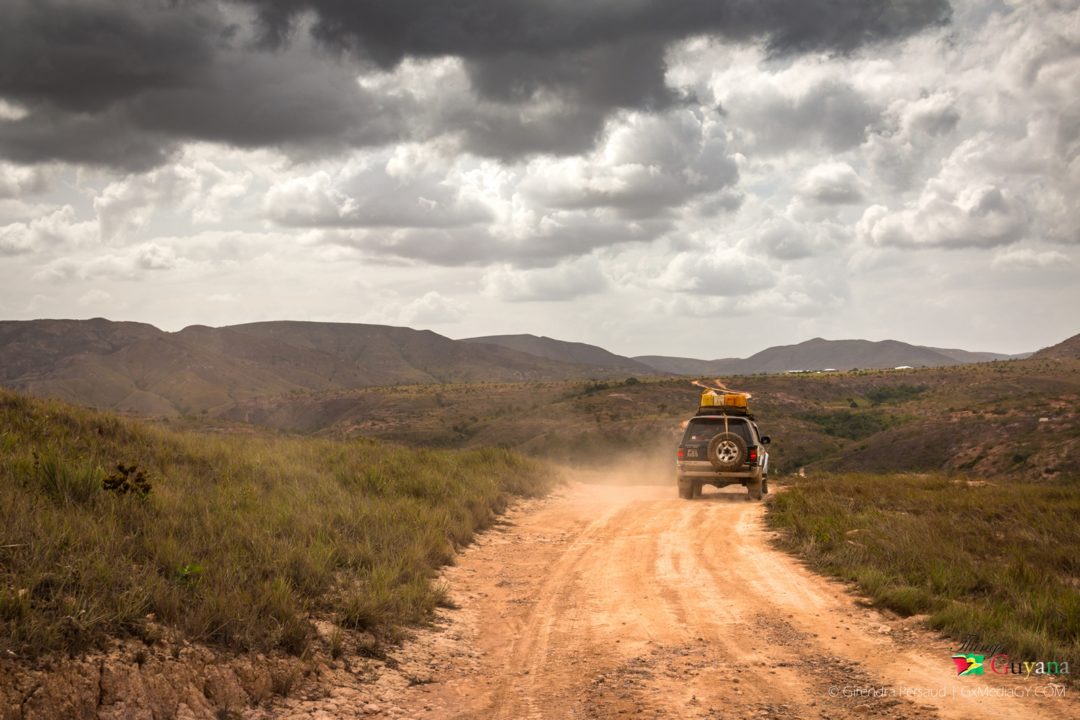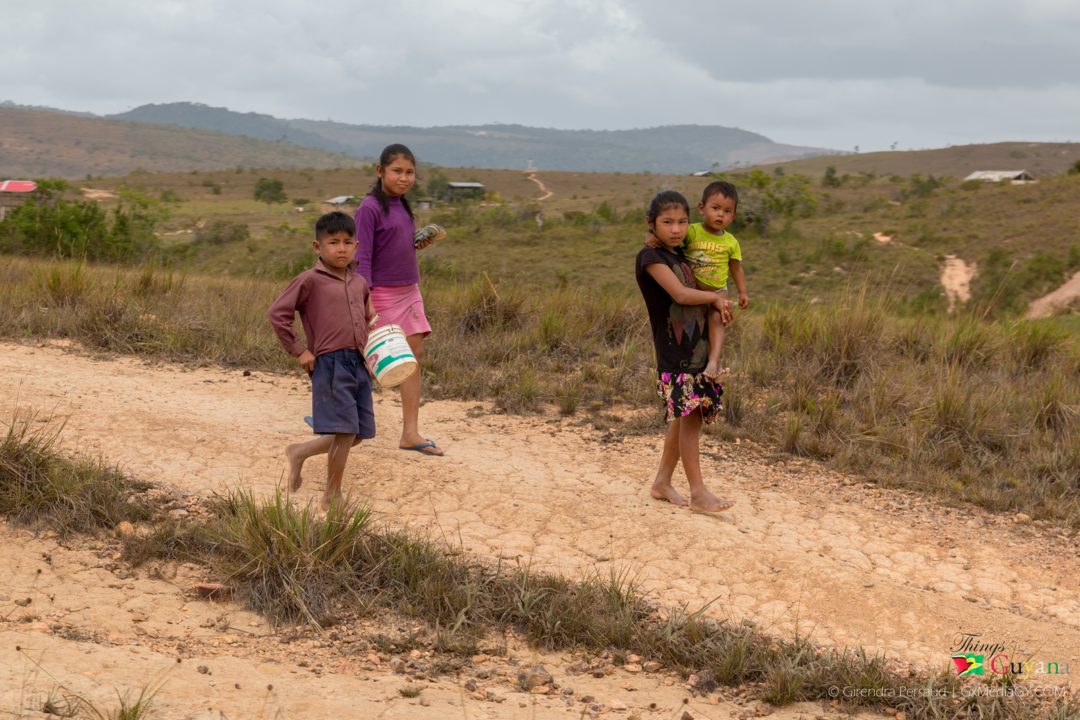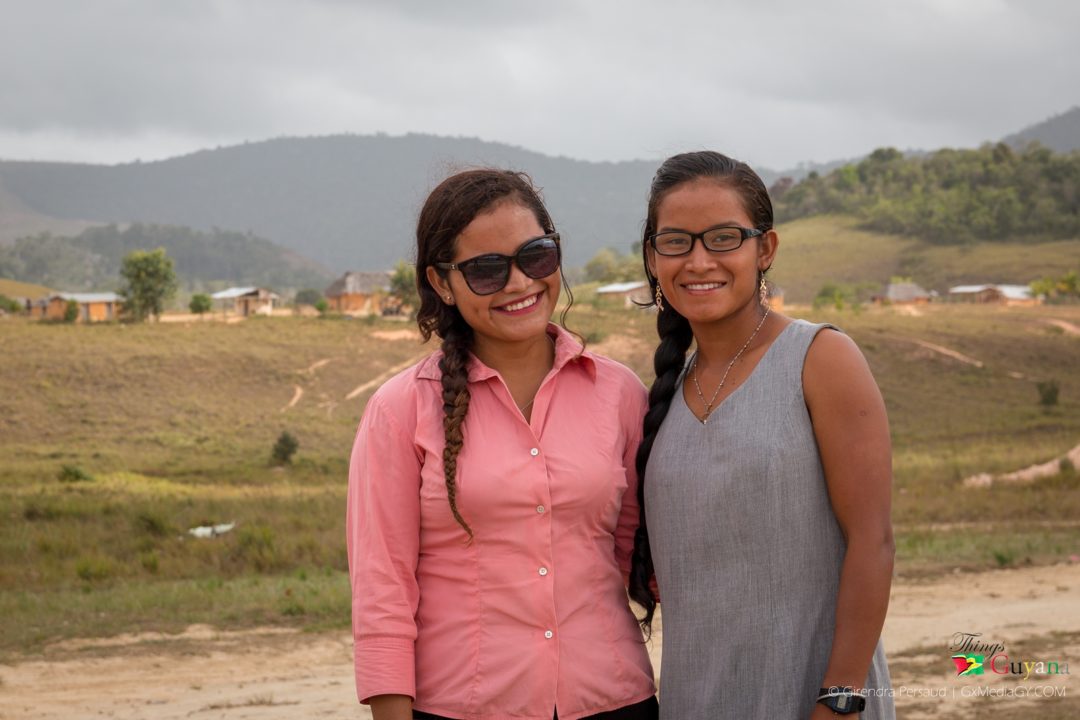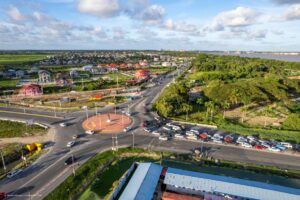General Information
Kato is a beautiful mountain village located in Region #8, about 186 miles south-west of Georgetown. The official size of the village was 97 square miles, but recently the village has applied for more land to extend its northern boundaries. The current population of Kato is about 486 (2018 figure) strong, of mainly people from the Patamona Amerindian Tribe. Nearby villages are Chiung Mouth, Kurukabaru Village and Paramakatoi. The affairs of the village is managed by a village chief (Toshao), Mr. Clifton Pereira and he is assisted by seven councilors.
The primary language is Patamona and the secondary language is English. The major religion in the village is Roman Catholic.
Infrastructure

Kato Secondary School
There are no roads in Kato, only incidental trails and footpaths that link homes, churches, schools and other places of interest together. There are four shops in Kato. The Brazão Shop (owned and operated by Brazilians) is the oldest in the village. The first Brazilian who started the shop also played a vital part in the founding of Kato village (See end notes). The other 3 shops were all started within the last 5 years, one of them being the village shop sells at lower prices in order to cater to people who have low incomes.
 Kato has a Nursery and Primary School that is currently housed in one building. The recently opened Kato Secondary School is now operational (from September 2018) and this accommodates approximately 300 students grades 7-9. The Secondary School is currently not operated at full capacity but the infrastructure can accommodate a larger number of students from the Region.
Kato has a Nursery and Primary School that is currently housed in one building. The recently opened Kato Secondary School is now operational (from September 2018) and this accommodates approximately 300 students grades 7-9. The Secondary School is currently not operated at full capacity but the infrastructure can accommodate a larger number of students from the Region.

Kato Cottage Hospital
The new Kato Secondary School has all modern facilities that can be found in schools in the more developed parts of Guyana.
Kato has a Cottage Hospital that caters for the villagers. The main source of water in the village is from wells and the main source of electricity is solar energy.
Telephone service and Internet access is available at the Brazão Shop and many people travel for miles to access these services.
How To Get To Kato Village

Off-road 4×4 traveling to Kato
There are two options to get to Kato Village. You can travel by air from Georgetown and this is the most common and convenient way to get to Kato Village. A flight from Eugene F. Correira International Airport (Ogle) takes approximately 1 hr and 45 mins (if there are no stops in other villages).
Alternatively, if you are into adventure, you can take the overland bush trail. The bush trail runs through a number of villages and it can be very difficult to traverse during the wet seasons. The trail to Kato during the dry seasons can be completed in about 3 days from Annai. Our team (North Pakaraima Safari 2018) took 4 days with overnight stops in Annai, Karasabai, Tusheneng and Yurong Paru.
Modes Of Transportation In The Village

Children walking in Kato Village
Everybody walks and because of how the homes are scattered, they sometimes walk for miles to go about their business. Some villagers use bicycles, ATVs and motorcycles.
Economic Activities
Some villagers do subsistence farming to get their little income and some are now employed at the Secondary School as cooks, cleaners, laborers, etc.
Accommodation
Kato has a regional guest house that is operated by a wonderful family (the Gomes family). The facility is clean and comparatively comfortable. The guest house is within walking distance of the airstrip and the Brazão Shop.
Major Attractions/Events

Chiung Waterfalls
Kato has a number of waterfalls, an abundance of beautiful mountainous scenery, spectacular sunsets and wonderful people. Kato also has the famous jasper stone from which village got its name. The waterfalls are not located in one place but they each have their unique way of showing mother nature at her best.

Two of the Gomes Sisters who are teachers in the village.
Annual activities include Mothers Day & Father’s Day celebrations. The Kato Sports Club hosts frequent games in the village where teams from other villages are invited to play friendly matches of football, volleyball and cricket during the year on holidays or weekends. However, the Annual August Games is the big event for the year. This year (2018) 22 teams from across the region participated in both the male and female categories.
September Heritage month featured dances, songs, jokes, drinks, food, traditional healing methods and other fun activities.
Annually, the village hosts the Old Years Day feast where villagers bring out their local drinks and food to share and have a merry time.
Notes:
From Jeremy ([email protected]): The Brazao shop was started and is owned by 100% Guyanese-born nationals and still operated by them to this day. My mom is originally from Kato, she is a Brazao and her brothers own and run the shop. My grandfather was Albert Brazao “Bertie”.
Article References:
- http://dpi.gov.gy/kato-secondary-will-open-in-september-2018-minister-henry/
- http://guyanachronicle.com/2015/11/01/stranger-in-kato
- Special thanks to Julita Gomes for making this article possible.








1 Comment